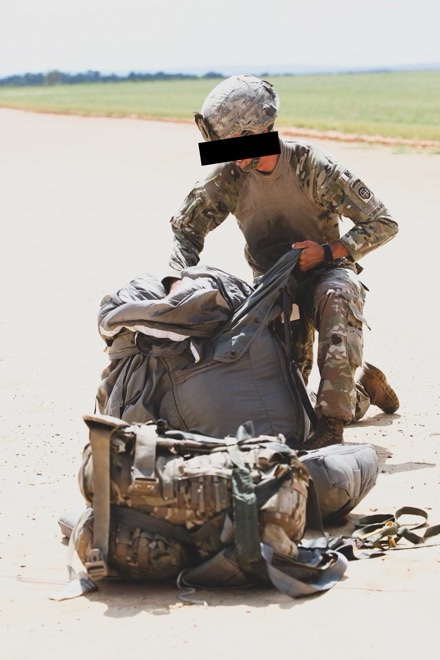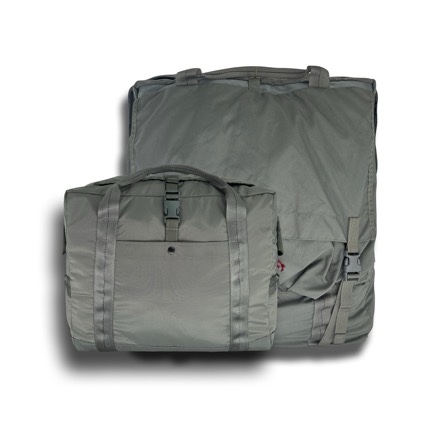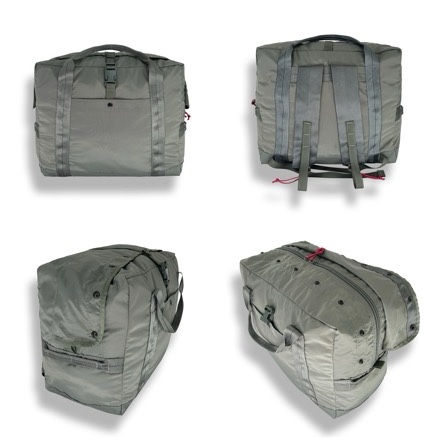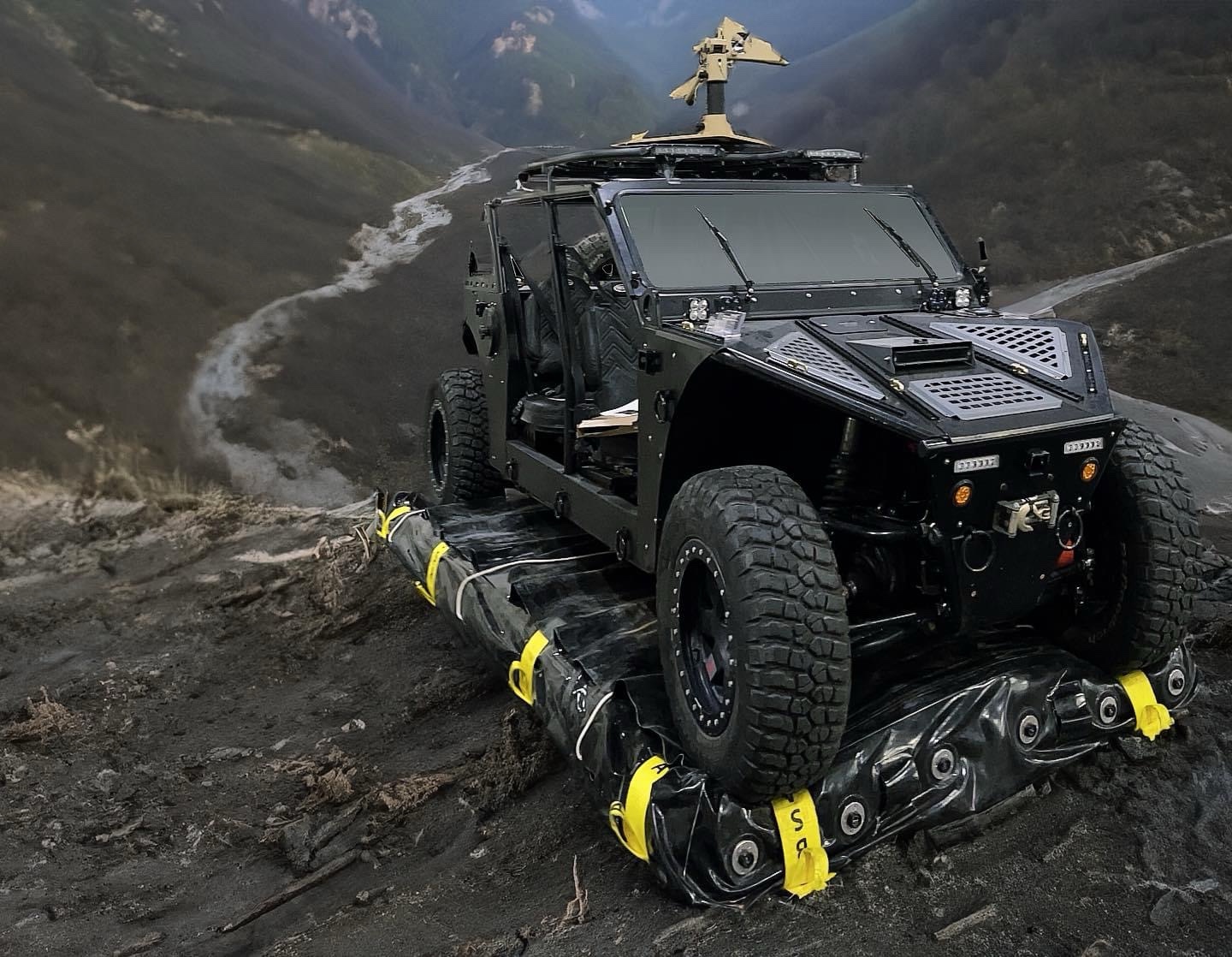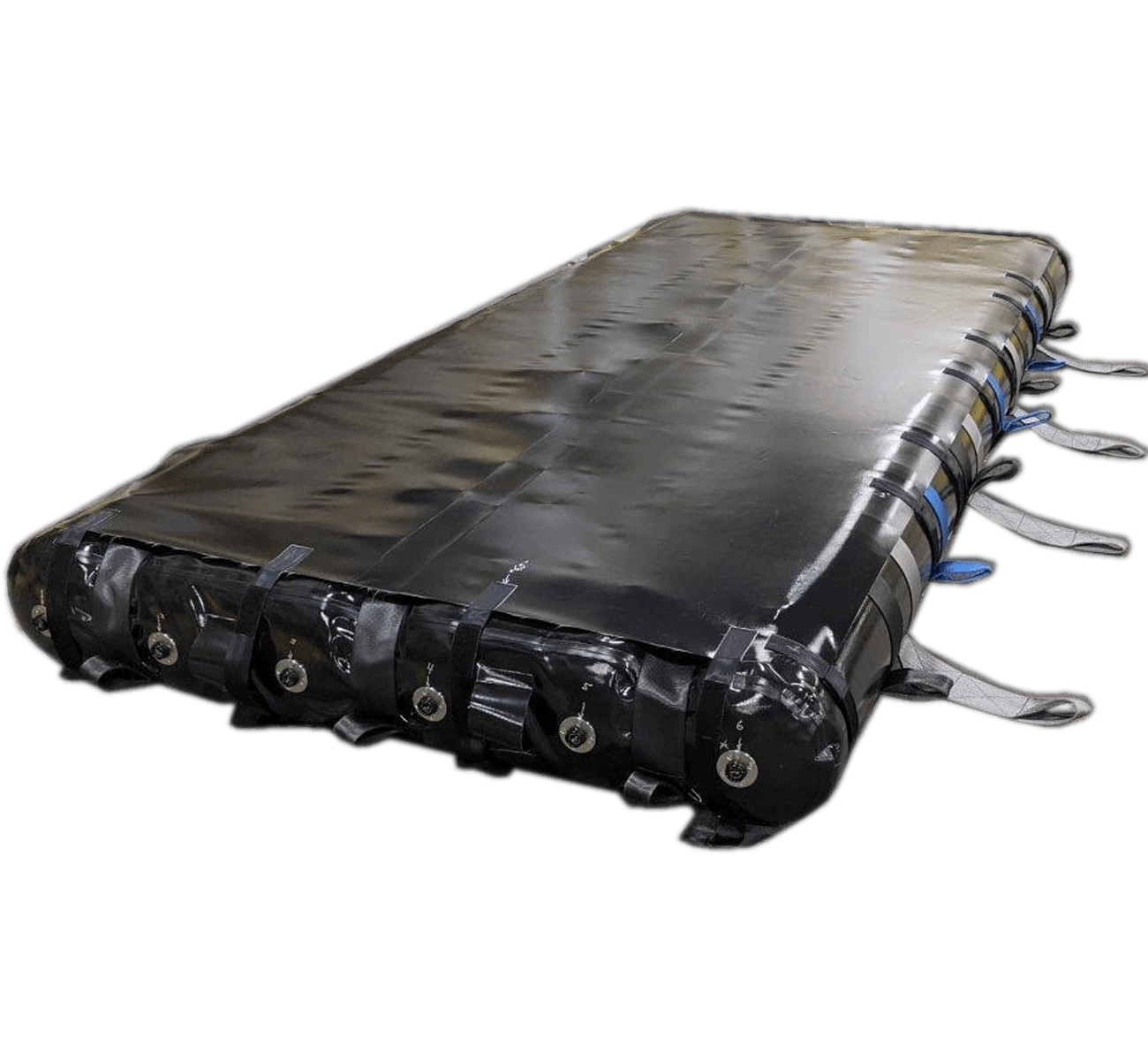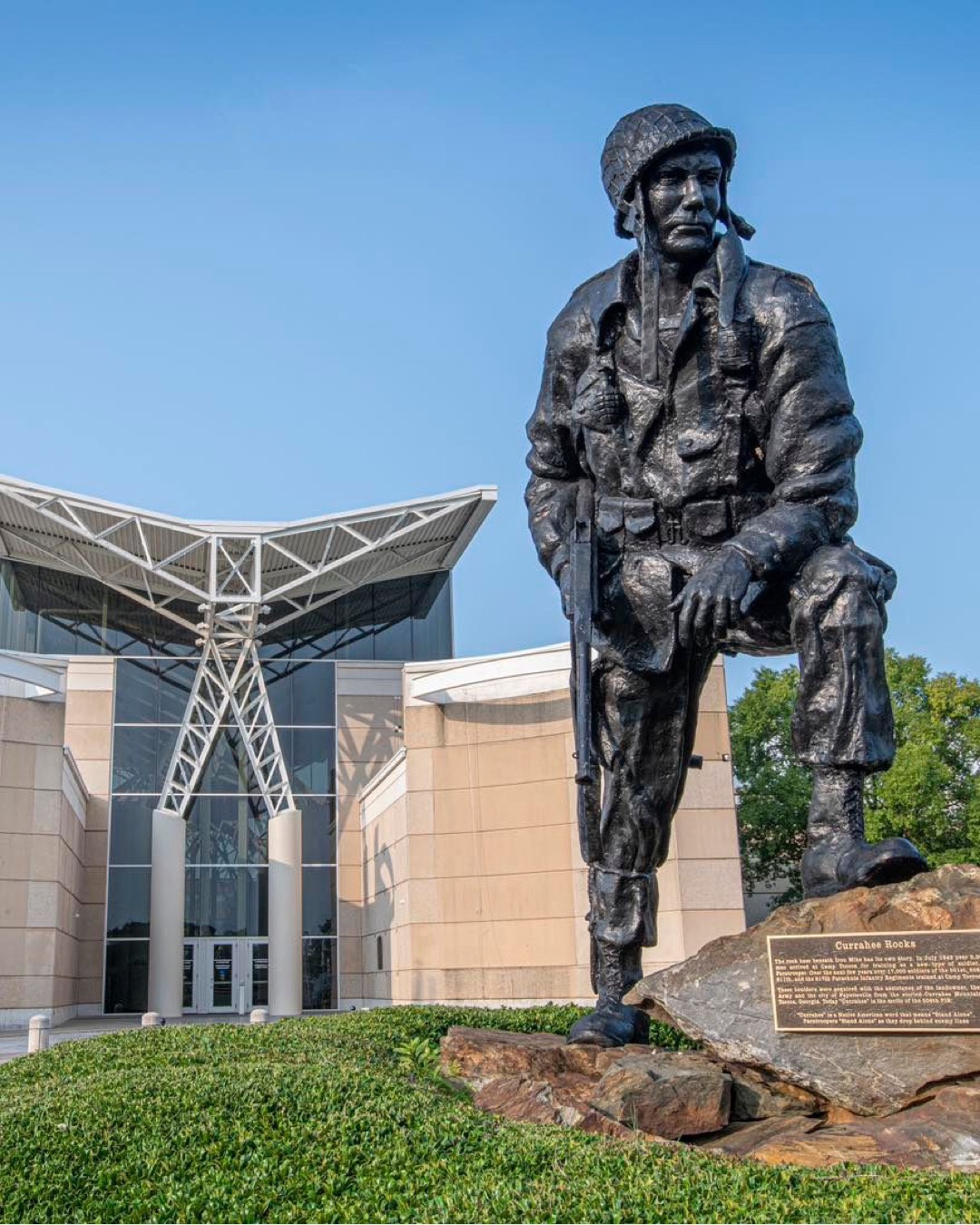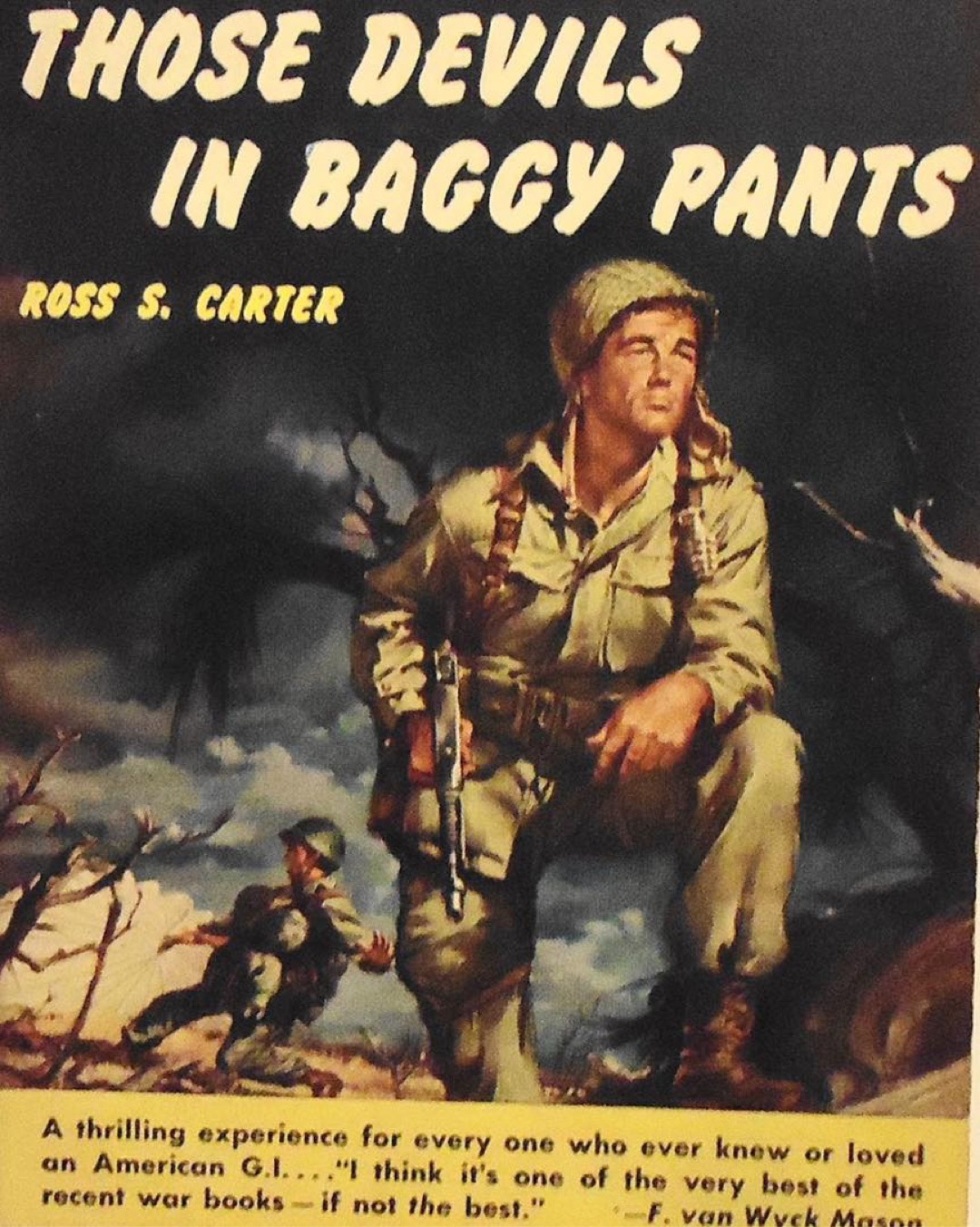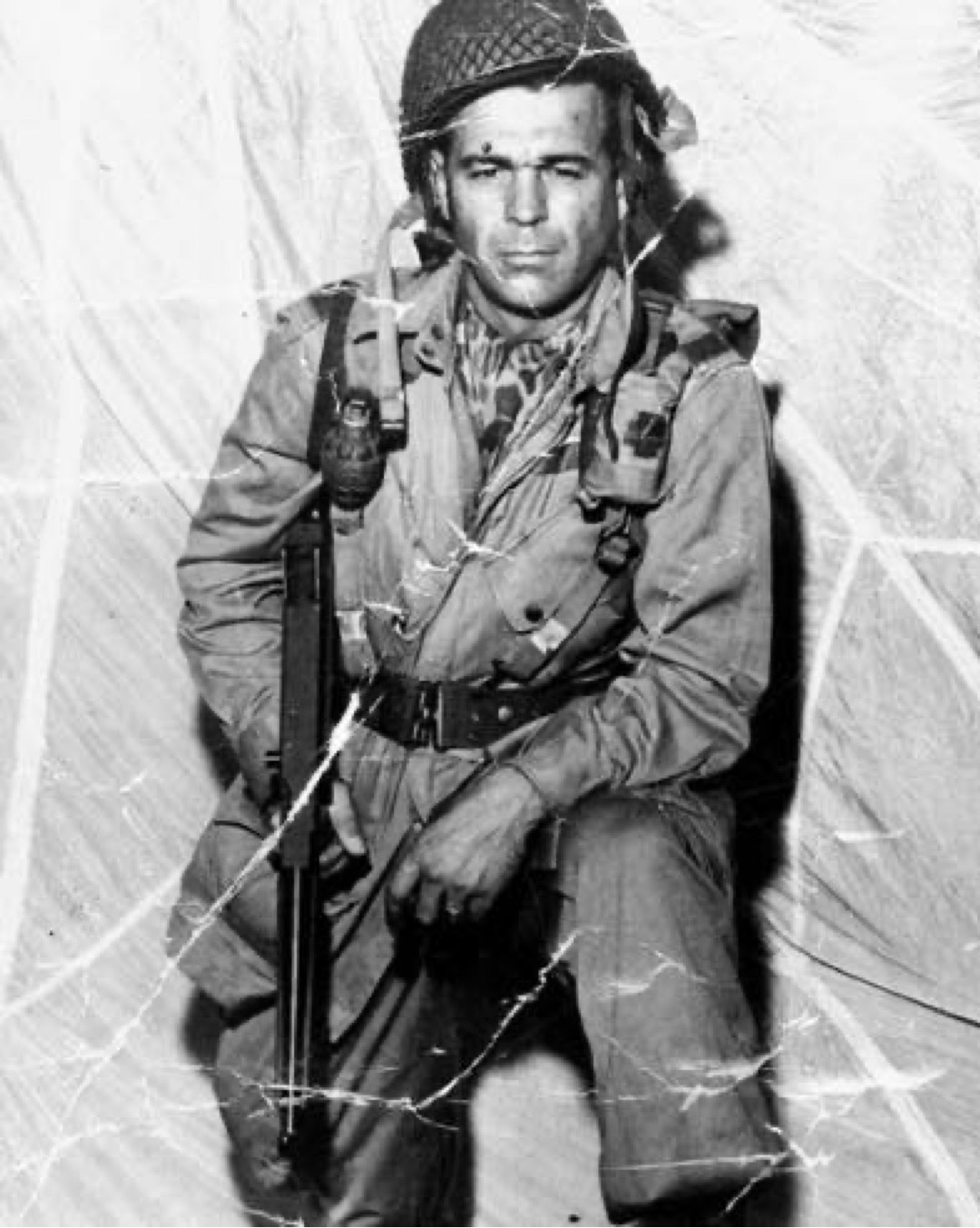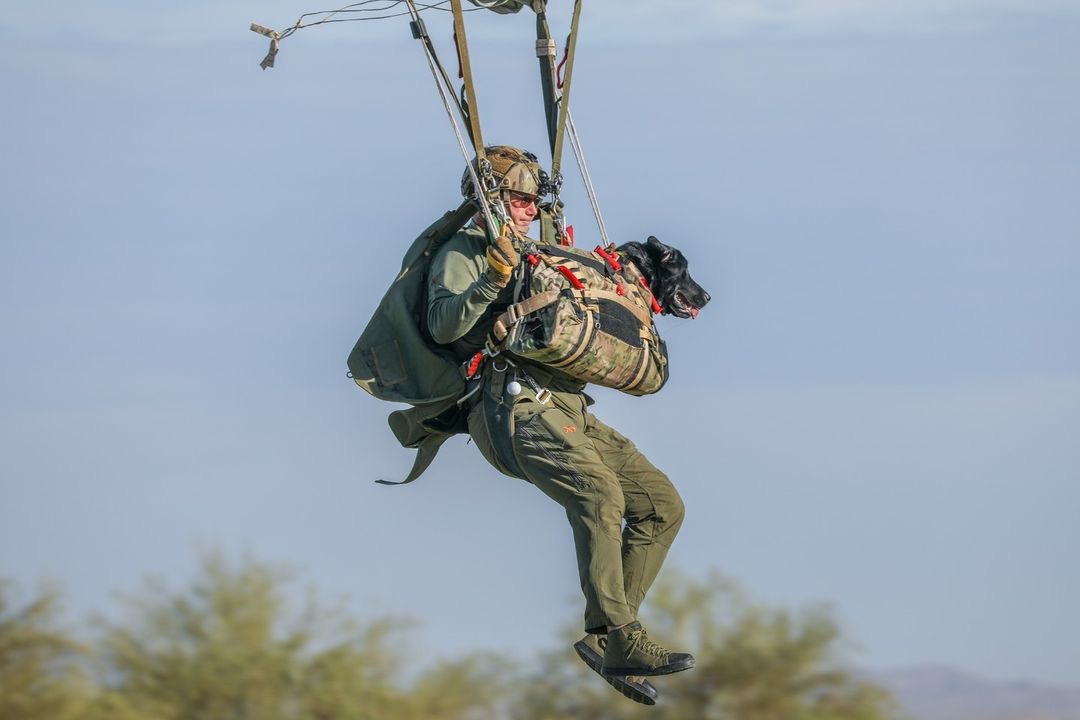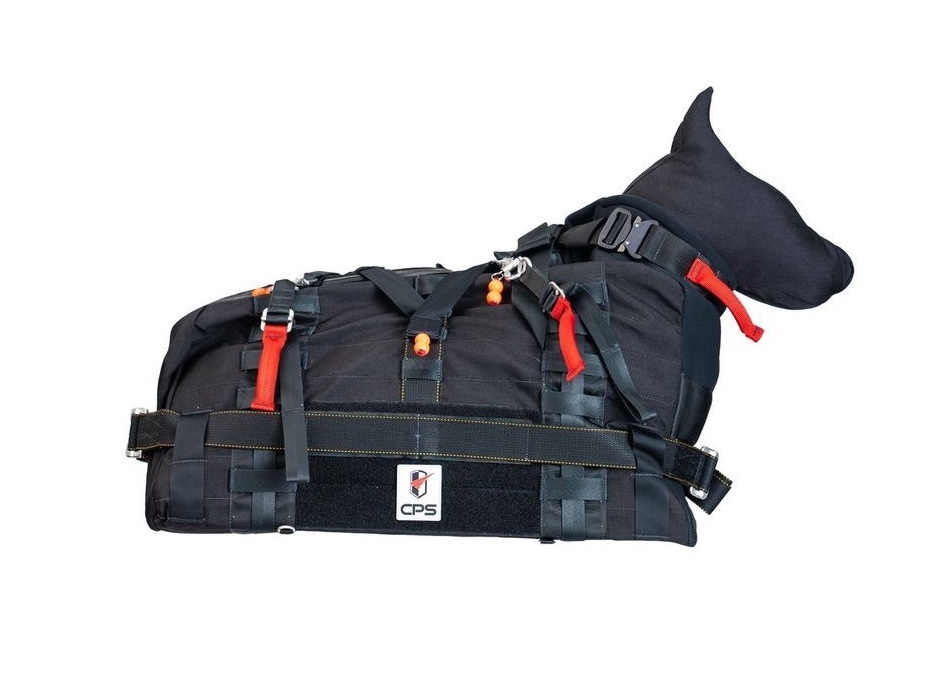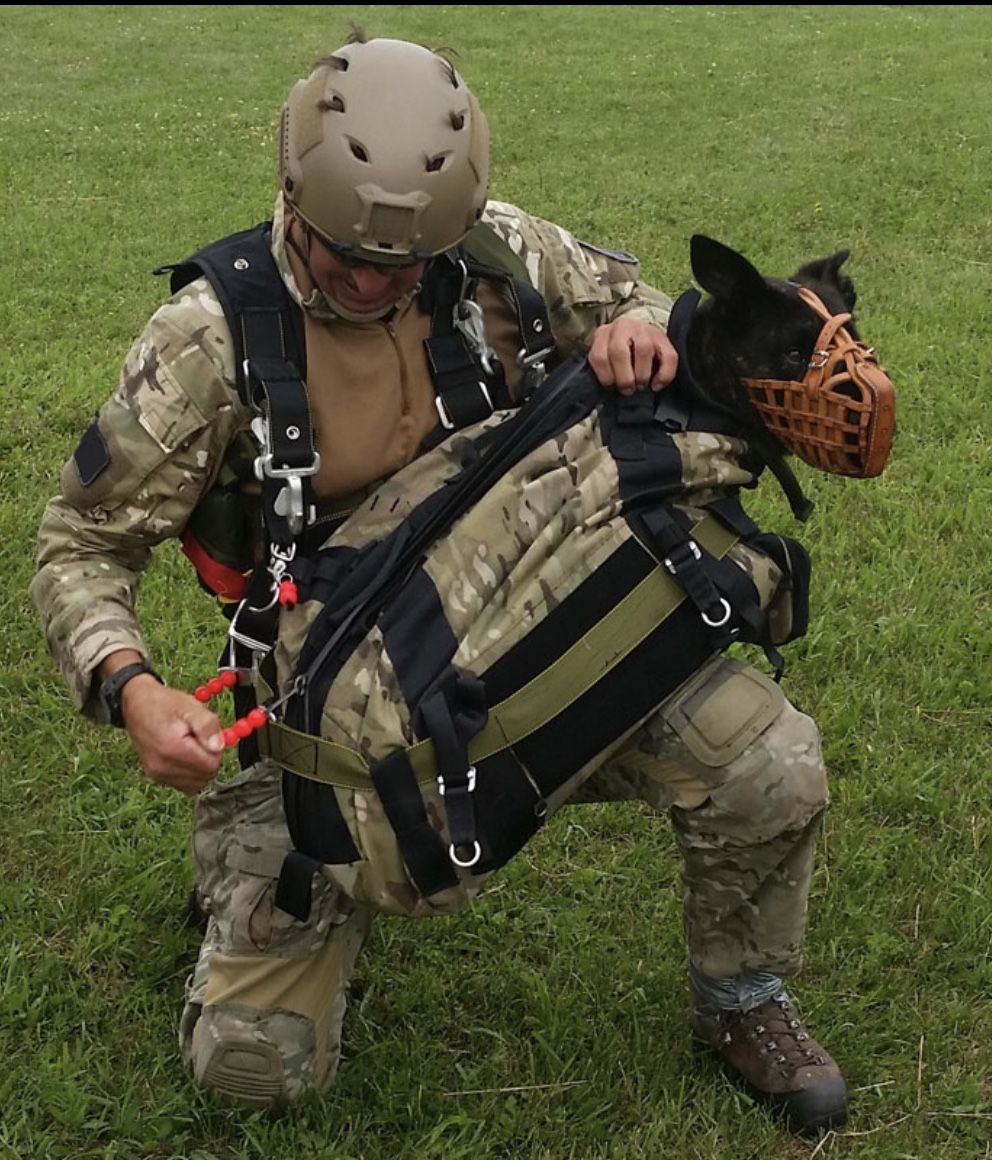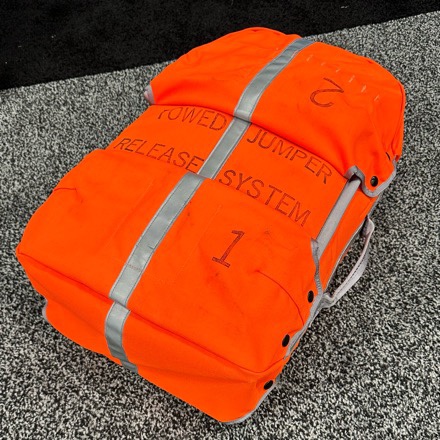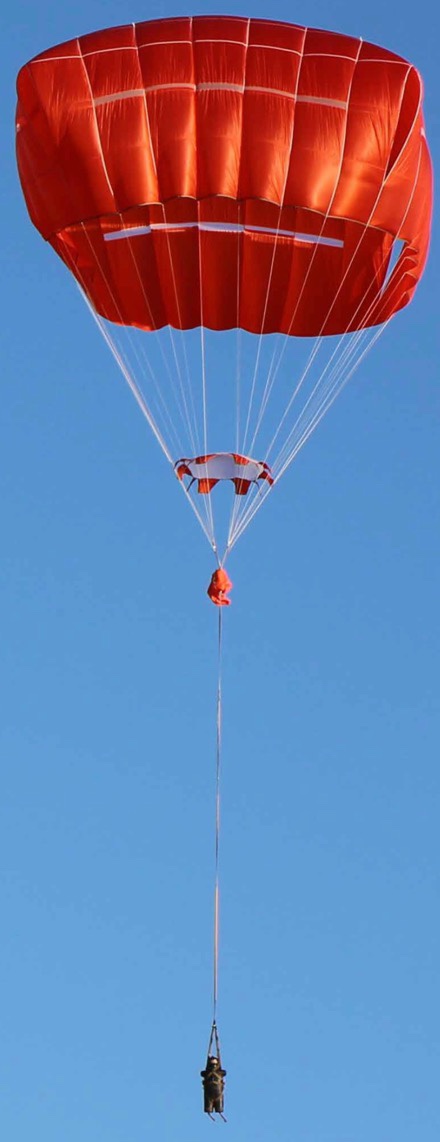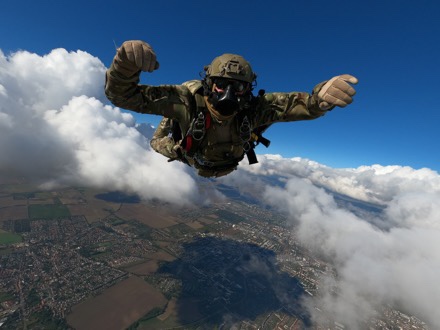NORFOLK, Va. – Several members from the Naval Safety Command (NAVSAFECOM) Expeditionary and Special Warfare Directorate participated in simulated skydiving training at the iFly Virginia Beach July 17. This periodically scheduled training allows jump participants a simulated free fall environment to work on various body positions, corrective actions and emergency action procedures in a controlled and supervised environment.
IFly provides an indoor skydiving experience that creates free fall conditions without having to jump out of an aircraft. The facility’s vertical wind tunnel generates 1600 horse power from four powerful fans, creating a wall-to-wall cushion of air on which participants can safely float. While an entertainment venue for the general population, the wind tunnel is more than just fun for the DoD personnel who use it for training purposes.
“I have been doing the wind tunnel training for about six years and the training is the closest we can get to representing the feeling, motion and training to actual flight,” said a Senior Chief Special Warfare Operator stationed at NAVSAFECOM as a naval special warfare safety analyst. “This training is important to me and others as it allows the opportunity to maintain jump qualification proficiency while stationed at a non-operational command.”
The wind tunnel is a low-risk atmosphere that provides the jumper with a realistic experience of falling through the air at 125 mph. Jumpers work on stability, 360-degree turns, side slide and forward or back movements. Once the basic movements have been mastered, jumpers can transition into emergency procedures and simulate each emergency procedure they might encounter at the “bottom end” of their jump. Not only will jumpers practice their wave off procedure, but they will simulate and conduct a hard pull Emergency Procedure (EP), learning how to stay stable and still execute with quick but precision hard pull.
On this training day at the wind tunnel, participants had their own individual areas they aimed to train in. Participants have different levels of experience and specific training goals to work toward.
“Today I worked on various free fall body positions. Moving forward and back, left to right in different varieties,” said the Senior Chief Special Warfare Operator. “The other thing I worked on was recovery stability, having the instructor push or pull me and roll me over and working on my recovery.”
Senior Chief Special Warfare Boat Operator Brad Rumbaugh, a small boat safety analyst with NAVSAFECOM, has over 200 military free fall (MFF) jumps and countless hours going into the tunnel. Rumbaugh’s training focused on his “Coach’s Position,” which uses legs to maneuver, freeing one’s hands for hand signals while instructing another flyer.
“The position is for assisting another jumper. If someone hasn’t jumped in a while or asks for someone to jump out with them, that position allows for the “coach” to use his or her hands to either help or eventually pull the rip cord if the jumper freaks out or freezes in the air and misses their pull altitude,” said Rumbaugh. “When coaching you have to be ready to stop their spin, direct and communicate corrections with your hands. You can’t be using your hand to maneuver and pass hand signals at the same time, so you have to learn to fly with your legs so your hands are free.”
The participants know the value of wind tunnel training and seize every opportunity they have to participate.
“Training like this is important to DoD because like everything else you have to stay current with your skills. You either use or lose your skills with things like shooting, skydiving, scuba diving, etc.,” said Rumbaugh. “Wind tunnel training allows military free fall parachutists the ability to knock the rust off, gain more experience and boost their confidence in emergency procedures prior to the real evolution of military free fall.”
Chief Explosive Ordnance Disposal Technician Jeremy Marco, a NAVSAFECOM expeditionary warfare safety analyst stressed the importance of the free fall emergency and survivability procedures and the opportunity the vertical wind tunnel provides.
“Vertical wind tunnel training with procedures increases the jumper’s in-air survivability and ability to withstand and cope with malfunctions and in-air emergencies that could occur,” said Marco. “Today, I worked specifically on belly fly, turns using hands and feet, situational awareness and air space management.”
Risk is inherent in all tasks, training, missions, operations and personal activities no matter how routine. While there is no shortage of inherent risk in the Navy’s expeditionary and special warfare communities, training such as the wind tunnel remains key to readiness ? Navy’s top priority. Today’s operational environment demands ships, aircraft, submarines, expeditionary forces, special operations forces and personnel that are ready to fight and win.
From Leslie Tomaino
DISCLAIMER: The use of IFLY by name in this article does not imply endorsement by the Naval Safety Command.
